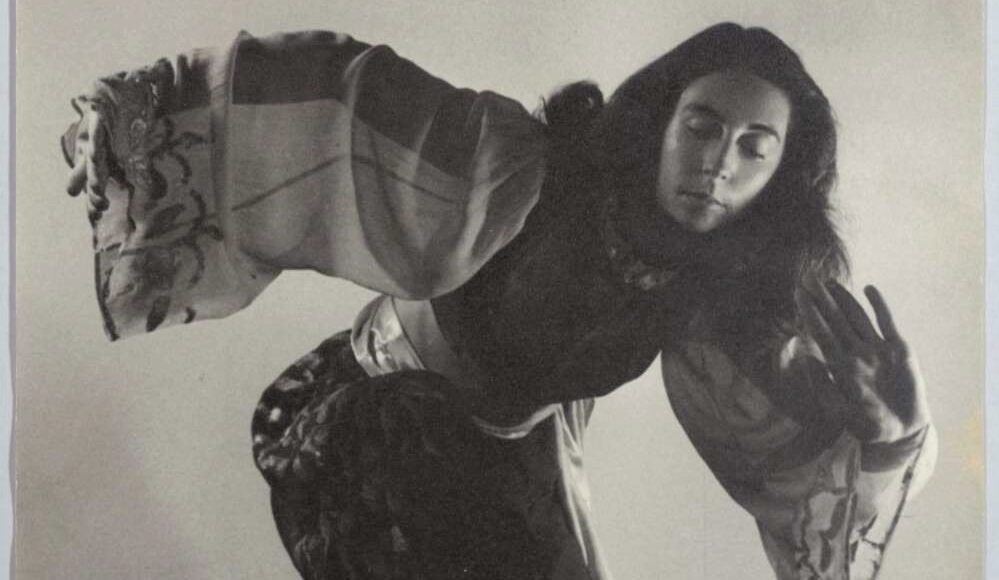Coralie Hinkley, who has died in Sydney in her 99th year, was born in the inner-Sydney suburb of Glebe to Vera and John Hinkley. She was a fifth generation Australian and was educated at Maroubra Junction Primary School, then at a boarding school in Springwood in the Blue Mountains, and finally at SCEGGS (Sydney Church of England Girls’ Grammar School). The Hinkley name was a prominent one across Sydney after Coralie’s father established the exclusive jewellery store, Hinkley’s Diamonds, in busy Castlereagh Street in 1920. Although the enterprise was sold by the family on John Hinkley’s death, the Hinkley name was retained by the new buyers and the store was active for close to 100 years.
Coralie Hinkley first became interested in dance while at school when an afternoon concert featured dances by ‘a visiting European dance group’.1 She later began serious dance studies with Gertrud Bodenwieser, whose dancers she had seen at that afternoon concert, and eventually became a member of the Bodenwieser Ballet and a teacher for the Bodenwieser enterprise. She often wrote of her lasting admiration for Bodenwieser, saying on one occasion:
… the experiences dancing with Gertrud Bodenwieser heightened my creative awareness contributing to the freeing of imaginative sources so that now I am able to activate the creative energy not only in dance but in the expressiveness of the world … 2
The photograph below on the left is dedicated to Bodenwieser and is inscribed on the back with the words, ‘To Madame. Your devoted pupil always. Love Coralie.’
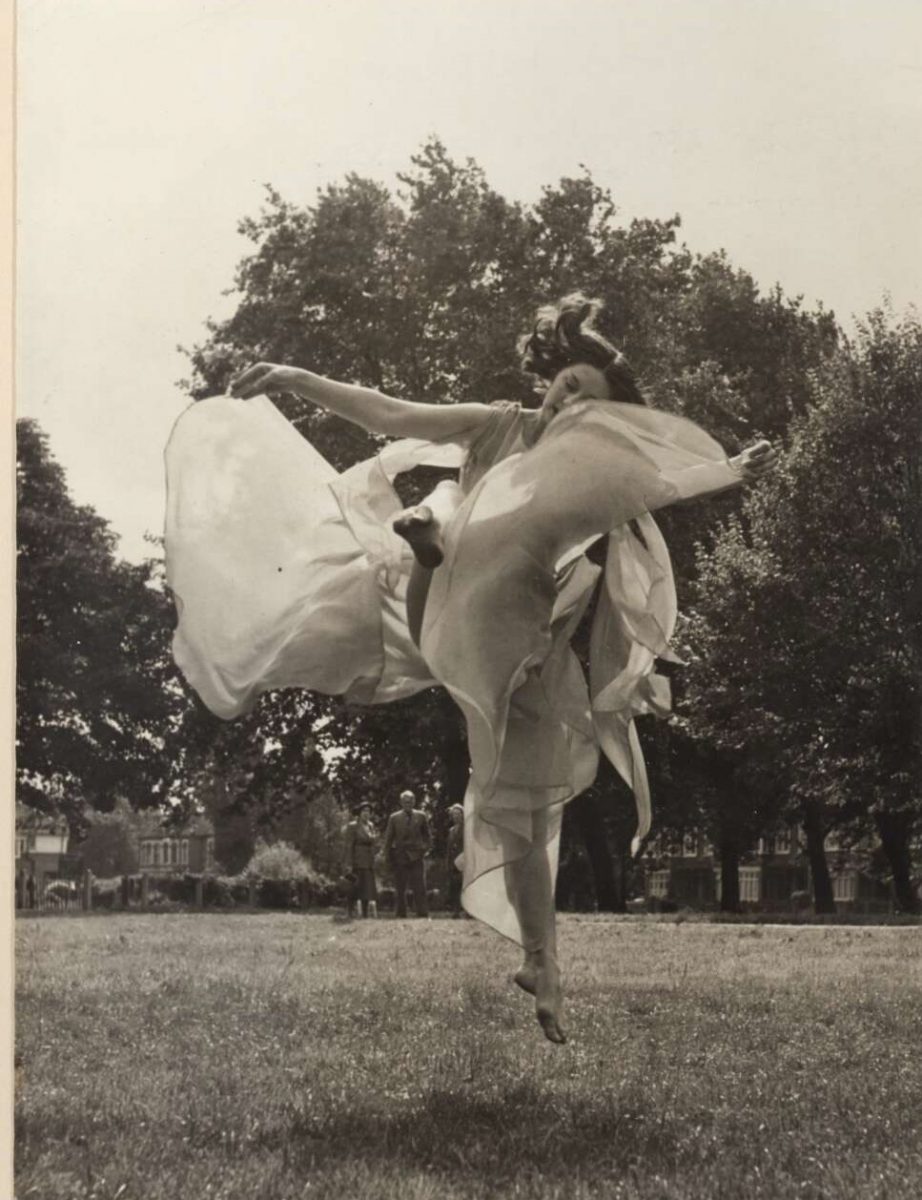
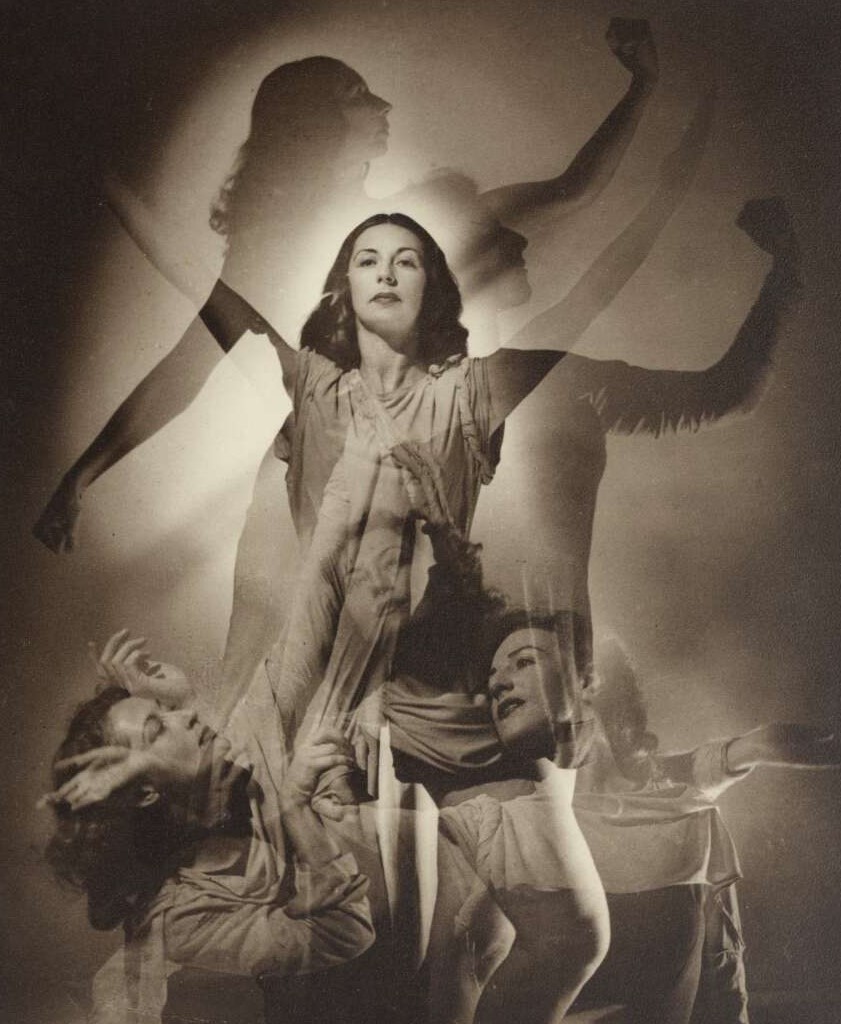
In 1956, while still with Bodenwieser, Hinkley choreographed Unknown Land, based on imagery she found in the poetry of Rex Ingamells. It was danced to a commissioned score by John Antill and it formed part of her application for a Fulbright Scholarship, which she was awarded in 1957. As the first Australian dancer to be awarded a Fulbright for graduate study in modern dance, she spent the next three years in the United States where she studied with Martha Graham, Doris Humphrey, Louis Horst and Merce Cunningham. Each of these choreographers she credited with giving her new insights into dance and performance, but of Doris Humphrey she wrote, ‘It was largely due to the influence and teachings of Doris Humphrey that I began to create and choreograph.’3
On her return to Australia after her Fulbright studies she continued to pursue her choreographic interests. In the 1960s and 1970s she staged several works for Ballet Australia, the choreographic company established by Valrene Tweedie in 1960. Those works included Éloges, Day of Darkness, Improvisations, L’Isle joyeuse, The Forest and Ritual for Dance Play and Magic. A number of these works were first performed by the Fort Street Dance Group, which Hinkley had established as part of her teaching program at Fort Street Girls’ High School. Hinkley started this creative dance program in 1963 and continued teaching until 1975, with that last year being conducted at Fort Street High School, with the name change reflecting the fact that the school had become co-educational.
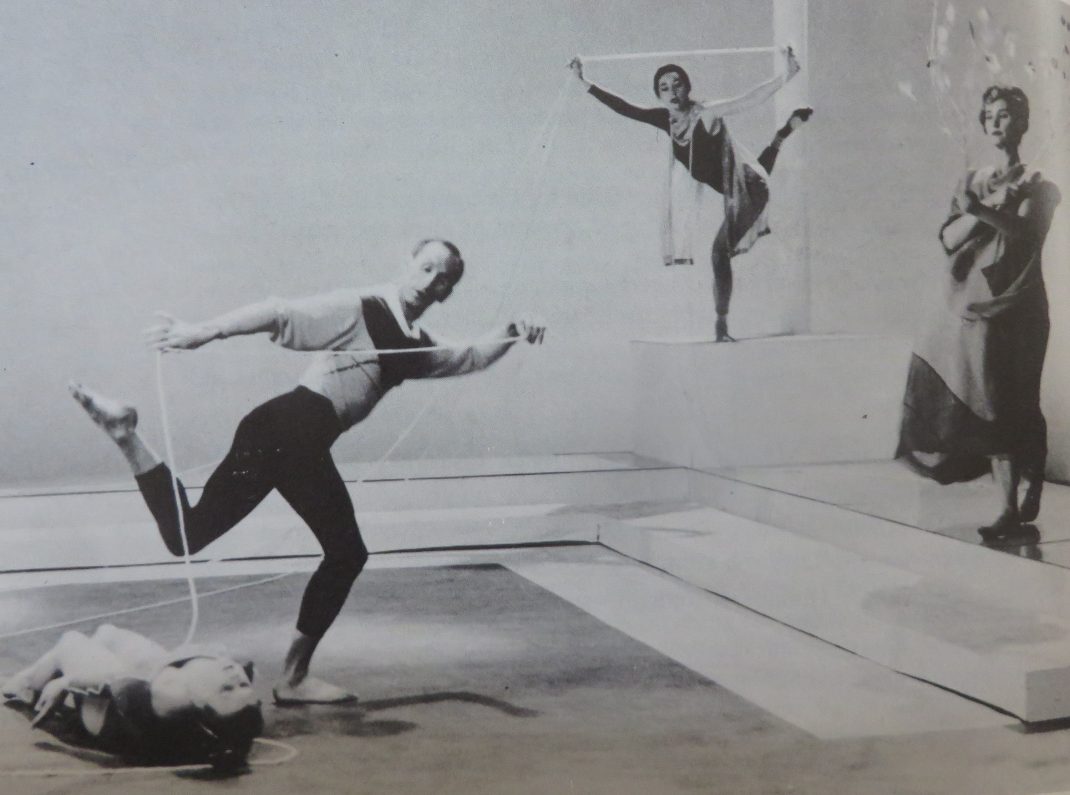

Her work during that time was filmed on occasions. Choros, for example was filmed by the Physical Education Department at Sydney University and was awarded a special prize for cultural and educational merit. The Chairs was filmed by the Commonwealth Film Unit as part of the series Australian Diary and was shown around Australia and overseas.
Following the Fort Street experience, Hinkley went on to pursue tertiary teaching activities over a number of years most significantly with Catholic Colleges of Education from 1976 to 1984. In 1989 she worked with students taking the Diploma in Dance Education at the Sydney Dance Development Centre, and gave creative workshops at the Centre for Human Aspects of Science and Technology at the University of Sydney.
Following her 1980 publication Creativity in Dance, Hinkley wrote several books of poetry, which are intended as source material for creative movement, as well as books related to her creative practice.
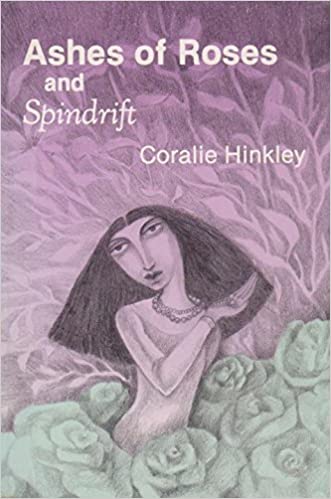
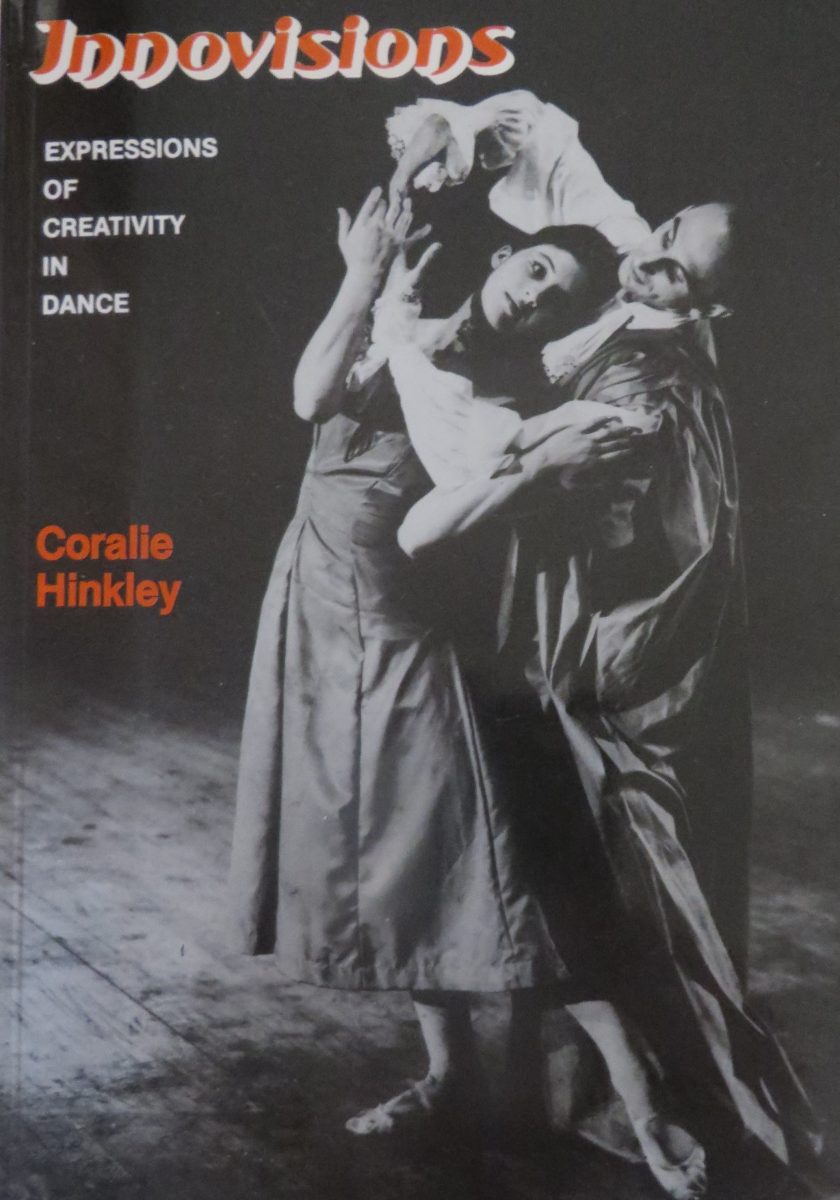
Hinkley’s sources of inspiration for her choreography were many and varied. She often found inspiration in the visual arts. Of her work The Forest, made for the Fort Street Dance Group, she wrote, ‘The dancers represent the emaciated sculptural beings of Giacometti—and his conception of life—of man’s inability to communicate with his fellow man.’4 Poetry was also inspirational for her, going back to 1956 with Unknown Land and the work of Rex Ingamells. Musically, her taste was eclectic and she favoured Australian composers when she could, again going back to Unknown Land and John Antill. And, while the choreographers she worked with in the United States as a Fulbright scholar continued to have an influence on the structure of her works, she probably was always influenced most by her earliest mentor, Gertrud Bodenwieser.
‘As dancers our “creative personality” was brought into focus by Gertrud Bodenwieser, who in her search for truth and beauty could touch the human spirit … that is why I stayed so long.’5
Coralie Hinkley died in Sydney on 21 September. She is survived by her daughter, Sancha Donald.
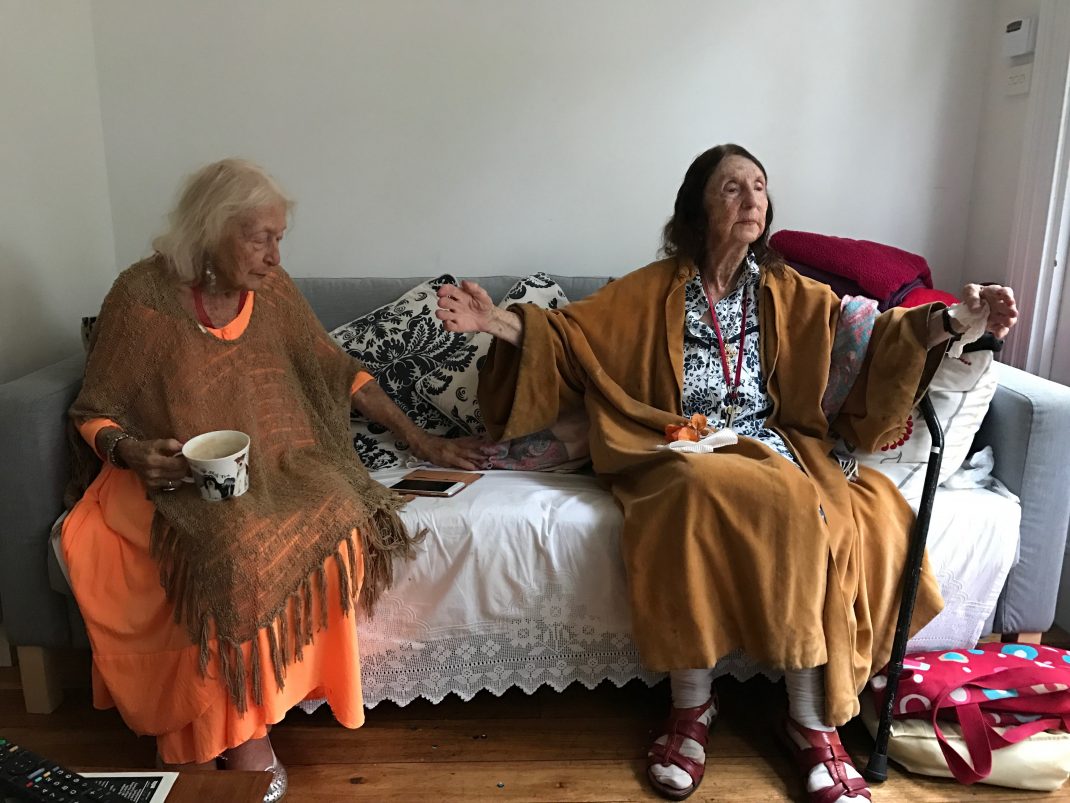
Coralie May Hinkley: born Sydney, 23 September 1922; died Sydney, 21 September 2021
Michelle Potter, 22 September 2021
Featured image: Coralie Hinkley in costume for O World (detail), Bodenwieser Ballet, 1950s. Photo: © Margaret Michaelis
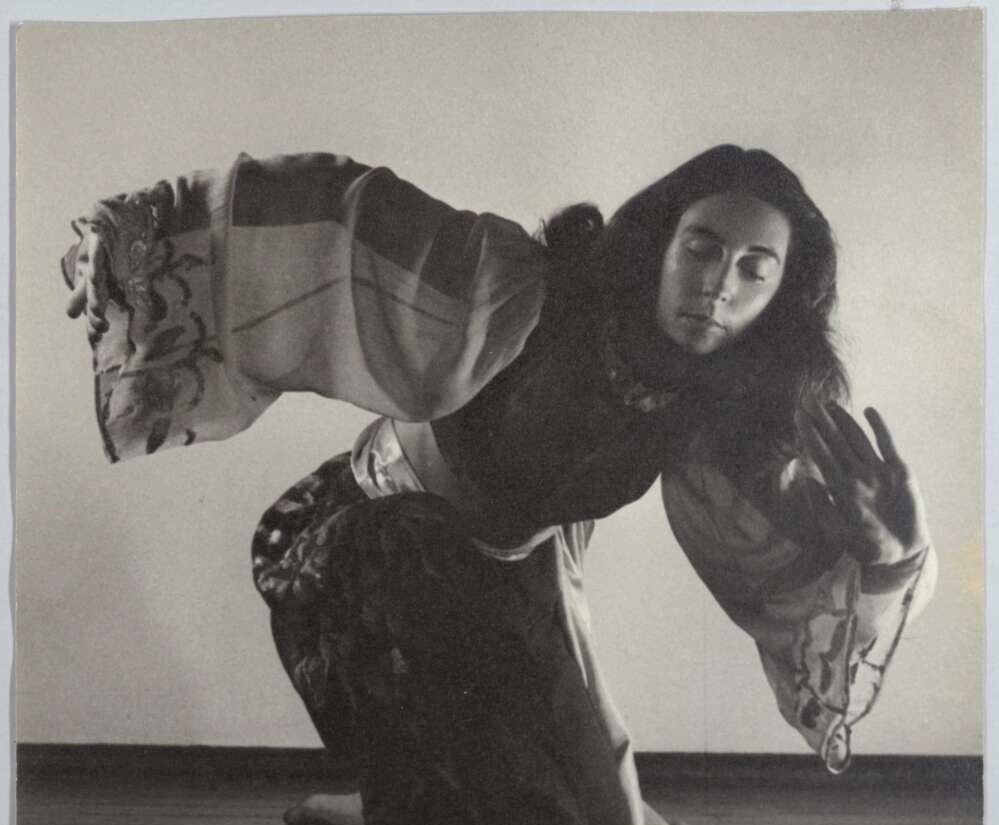
Notes
Coralie Hinkley was interviewed twice for the National Library of Australia’s oral history program. Neither interview is available online due to restrictions placed on them by Hinkley. Transcripts are available but cannot be accessed at present given that the National Library is currently closed due to COVID lockdown in the ACT. This situation has limited the scope of this obituary for the moment.
1. Coralie Hinkley, ‘Reflections on dance at Fort Street.’ In The Fortian, 1976, p. 77.
2. Coralie Hinkley, ‘Vision’. In Bettina Vernon-Warren and Charles Warren (eds), Gertrud Bodenwieser and Vienna’s Contribution to Ausdruckstanz (Harwood Academic Publishers, 1999) p. 167.
3. Coralie Hinkley, Innovisions. Expressions of Creativity in Dance (Cygnet Books, 1990) p. 12.
4. Hinkley, ibid, p. 40.
5. Hinkley, ibid. p. 5.
